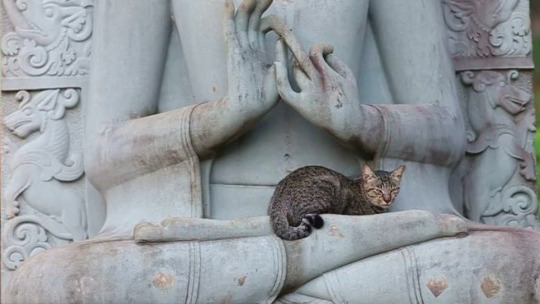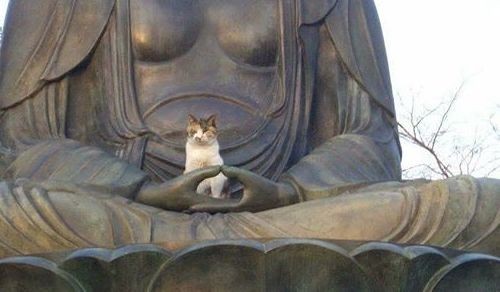Text
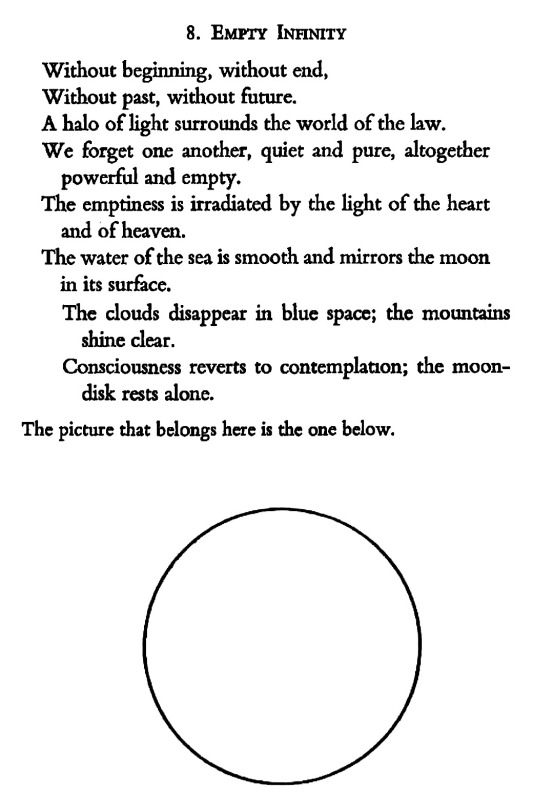
The Secret of the Golden Flower
1K notes
·
View notes
Text
Intentional Mourning
A practice for meeting grief as a sacred guest.
This sorrow is not a mistake. It is not a distraction from life. It is life—raw, untamed, and demanding my participation. So today, I do not push it away. I do not smother it in noise or busyness. I turn toward it like a host turns toward a visitor who has traveled a long, hard road. I make space. A quiet room in myself where grief can lay down its heavy coat and speak in its broken language. I will not interrupt. I will not translate it into lessons too soon. Let it speak. Let it weep. Let it sit silently, doing nothing but being. I remember that to mourn is not to lose strength, but to express the love that had no other outlet. Every tear is evidence that I let something matter to me— and that is a kind of holiness. The Stoics taught that what comes from nature must be accepted. Death is not a betrayal. Loss is not an error. But it is real, and it hurts, and even Marcus Aurelius wept. So I do not hide my mourning in philosophy. I bring philosophy into my mourning. To remind me that grief is not weakness—it is depth. I mourn intentionally. Not to indulge, but to integrate. Not to collapse, but to carry—wisely, gently. I mourn what was lost. I mourn what could have been. I mourn what was beautiful and brief and irreplaceable. But I also mourn what remains: the echo, the empty chair, the new identity not asked for. And then, softly, I remember: This sorrow is shaped like love. And love is never wasted. Even in absence, it gives. Even in silence, it speaks. Even in death, it teaches me how to live.
0 notes
Text

Man Bahadur Lama - Wheel of Life, Samsara, 2012 - Mixed Media and Pure Gold on Handmade Cotton Canvas
249 notes
·
View notes
Photo

Buddhist statue in Kyoto, Japan
National Geographic | June 1976
3K notes
·
View notes
Text

from 'Zen and the Art of Motorcycle Maintenance' (via Dylan O'Sullivan)
2 notes
·
View notes
Photo

Tuco Amalfi
Meditation, 2010
acrylic on canvas
3K notes
·
View notes
Text

Samantbhadra Buddha His name Samantabhadra in Sanskrit or Kuntuzangpo in Tibetan, means ‘always good', ‘always well’ or ‘unchanging goodness.’ The significance is that unchanging or fundamental goodness is our ultimate nature.
He is pictured in the Yab-Yum (mother-father) sacred embrace with his consort He is the light blue color of the sky representing the pure state of the mind which is vast and empty, while still including all of existence. She is white, representing pure mental clarity. Together they symbolize the divine union of compassion with wisdom.
He is considered a primordial Adi-Buddha, or "first seed of Buddhahood" representing the Dharmakaya (truth body of enlightenment) according to the Nyingma Tradition of Tibetan Buddhism
“Samantabhadra is not subject to limits of time, place, or physical conditions. Samantabhadra is not a colored being with two eyes, etc. Samantabhadra is the unity of awareness and emptiness, the unity of appearances and emptiness, the nature of mind, natural clarity with unceasing compassion - that is Samantabhadra from the very beginning”
40 notes
·
View notes
Text
"Be patient. Your future will come to you and lie down at your feet like a dog who knows and loves you no matter what you are." - Ted Chiang Stories of Your Life and Others
5 notes
·
View notes
Text

Unknown, Amida Nijugobosatsu Raigo-zu Nambokucho period 14th century Ink, color, gold on silk
271 notes
·
View notes
Text
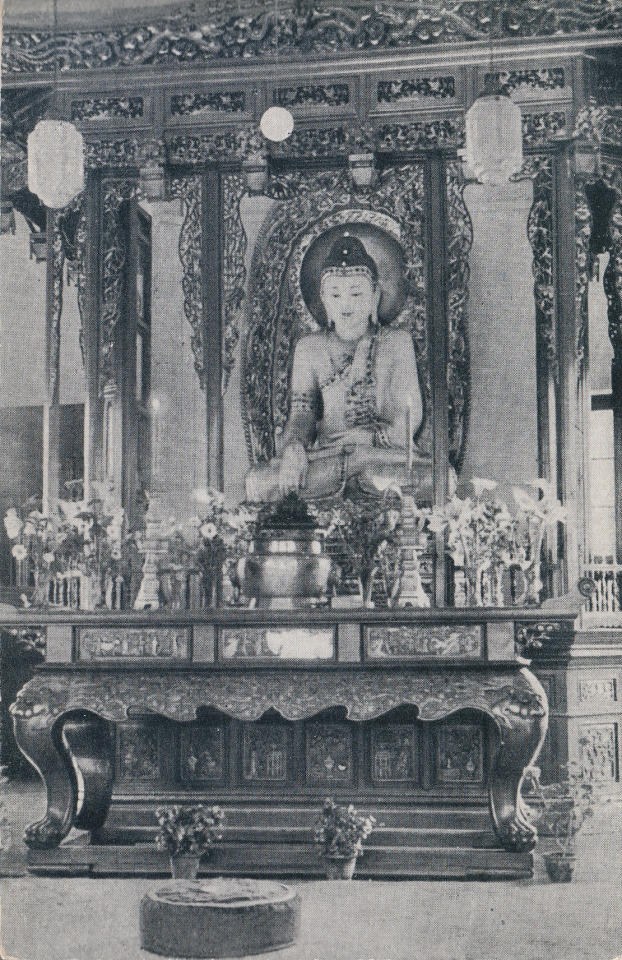
上海玉佛寺中的玉佛 Нефритовая Будда в Храме Юйфу, Шанхай The Jade Buddha in Yufu Monastery, Shanghai Le Bouddha de Jade du Temple Yu-fou, Shanghai
Undated, uncirculated postcard. Probably early 1950s, based on circulated copies for sale online. Found in Bucharest and mailed to a friend, April 2024.
67 notes
·
View notes
Text
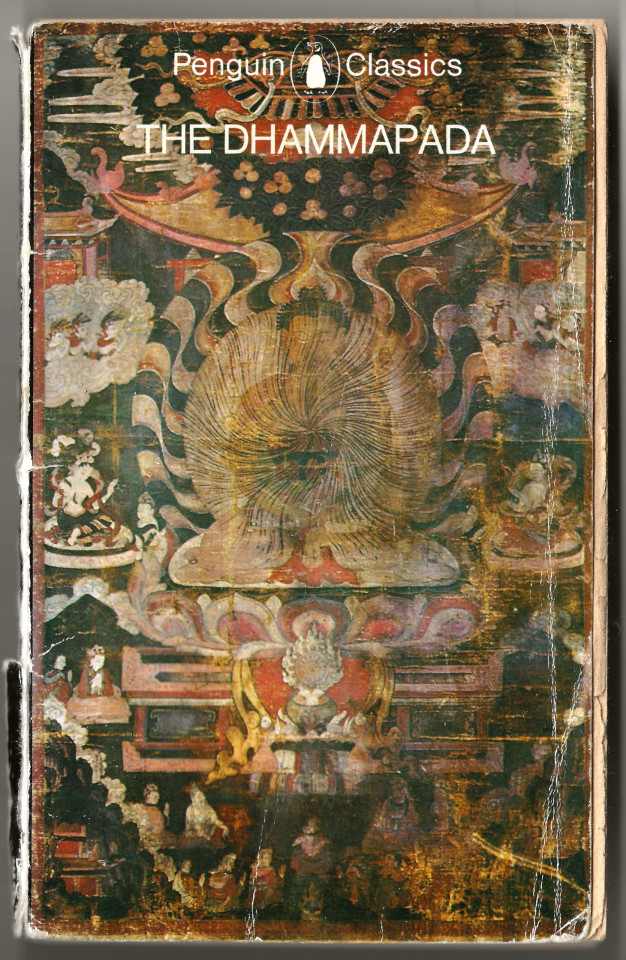
The Dhammapada, the collected sayings of the Buddha, with a Germano Facetti cover featuring a Tanka painting of the Buddha in Meditation.
12 notes
·
View notes
Text

The Dhammapada, the collected sayings of the Buddha, with a Germano Facetti cover featuring a Tanka painting of the Buddha in Meditation.
12 notes
·
View notes
Text
Cleansing your home is meditation. Cooking is meditation. Doing your laundry is meditation. Bathing your body is meditation. Movement is meditation. Digestion and respiration (breathing) are incredible meditations. Lovemaking is deep otherworldly meditation. Living, truly being alive, is a natural daily meditation.-India Ame'ye
573 notes
·
View notes



